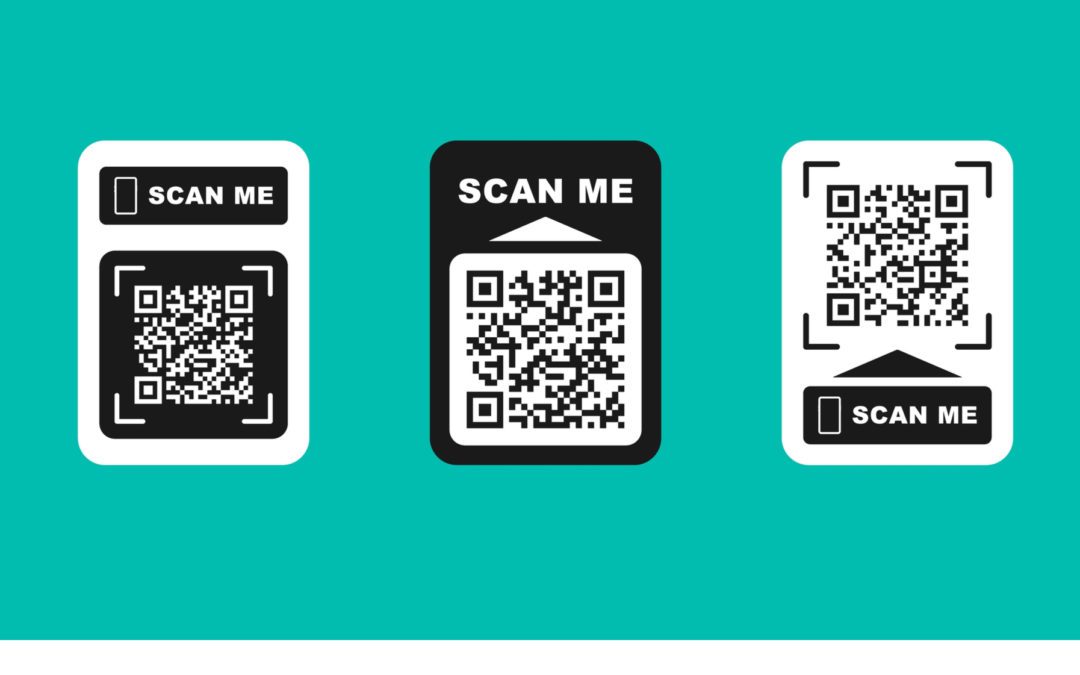The pandemic made QR codes more essential and ever-present. They have become an attractive tool for marketers, thanks to their ease of use and higher adoption rates. Retail, quick-service restaurant (QSR), and hospitality businesses have been the main users of QR codes thus far.
In 2022, 83.4 million US adult smartphone users (representing 37.5% of smartphone users) will scan a QR code. This share is predicted rise to 42.6% by 2025 and the UK won’t be far behind, as usual.
- Adding a QR code to business cards, product packaging, brochures, print advertising, and direct mail can create another marketing touchpoint.
- QR codes on packages or package labelling can give consumers more product information than can fit on a label.
- In-store QR codes on purchase receipts, price tags, shelves, buildings, and even staff can enhance the shopping experience. Decathlon, a French sporting goods retailer, introduced an app that allows customers to bypass waiting in long lines by scanning QR codes on price tags and paying from the app.
If you want to find out more, there’s a report from e-Marketer here. The report looks in detail at:
- How large is the QR code market and how large will it become?
- How is customer behavior changing around QR codes?
- What new use cases in retail and marketing will likely emerge?

